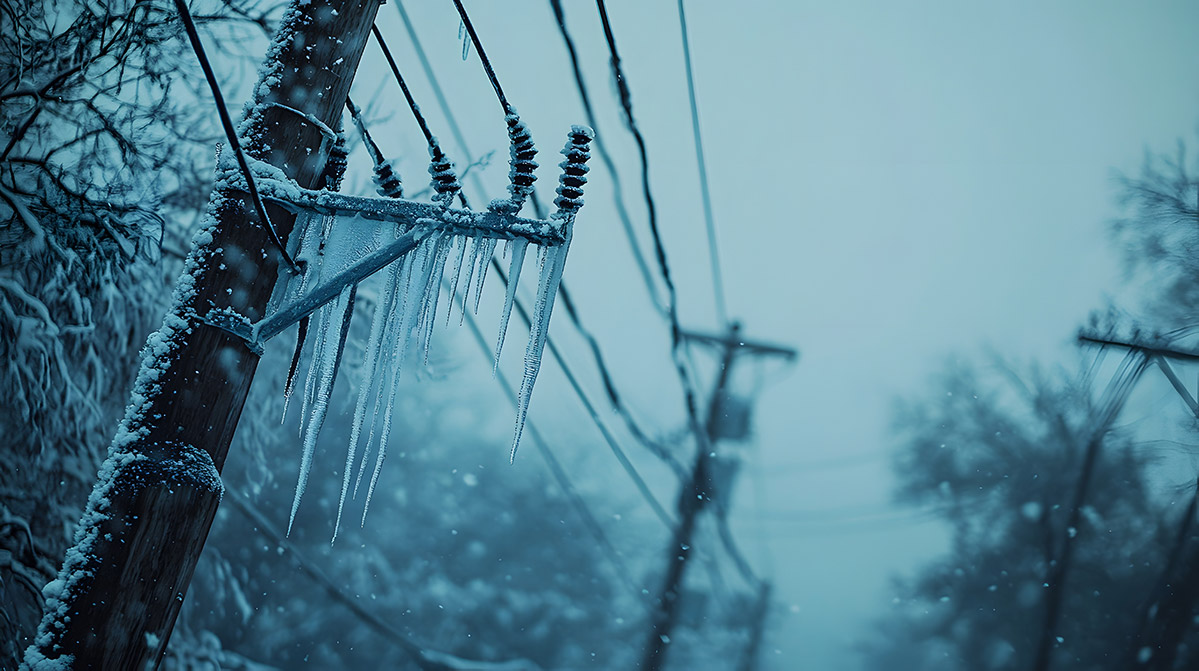In the past few years, energy markets across North America have been stress-tested like never before.
When unplanned equipment outages, unexpected system conditions, and extreme weather occur at the same time it’s evident how vulnerable our market system can be.
Using Day-Ahad and Real-Time Locational Marginal Prices (“LMPs”), Ancillary Service prices, and Capacity Market results, we can take the grid’s temperature on how much stress is being imposed on the grid today and in the future.
For each of these markets, the goal is to most economically serve load and adequately compensate generation for the important services they provide, keeping the lights on.
In some instances, however, the system becomes overwhelmed by extreme or unexpected conditions and load shedding will occur.
What is Load Shedding?
Headlines fly when the lights go out. The Independent System Operators (“ISOs”) administer wholesale electricity markets and operate the transmission grid in real time. They will call to shed load (i.e. turn the lights off) in a small area to keep the rest of the system online, often this localized load shed avoids more severe consequences.
How we got here…
Over the last 10 years transmission investment has lagged behind the massive development of new generation resources, retirement of thermal facilities, and soon the boom in new load growth.
The result?
It is more challenging than ever to get available generation to the load that needs it.
And this is showing up as elevated congestion in Day-Ahead and Real-Time markets during times of unexpected outages, extreme weather, and unexpected operating conditions.
It shows up in capacity markets with thinner margins driving up prices.
There are plenty of indicators and studies that tell us we are in and will continue to be in an environment where the grid is reaching its limits.
While there are many potential solutions to this problem…
Transmission expansion is the side of the coin that we focus on.
FERC has ordered ISOs to evaluate transmission on a multi-benefit basis, including the evaluation of a transmission project’s benefit under extreme operating conditions. This new metric will help determine which transmission projects are eventually selected for construction.
Our solution…
We worked directly with a client to develop a new Load Shed Tool to respond to this request by FERC Order 1920.
Now ISOs, utilities, and transmission developers can easily include an extreme event analysis to fulfill the requirements of evaluated proposed transmission on multiple benefits going forward.
We want our users to be able to model extreme events and include real-world scenarios of unexpected generation loss, decreased transmission availability, or unexpected load spikes.
What our customers can expect…
The ability to simulate many “what-if” scenarios such as…
- How close were we to load shed under extreme conditions?
- If a generator was online rather than on outage, would load shed have been avoided?
- Would a new transmission line greatly reduce the threat of load shed in the future?
This tool enables planners to quantify the Load Shed under defined conditions, using real-world topology, generation, and load.
Why this is necessary…
We believe this tool will be a supplemental step for the traditional deterministic nodal and stochastic zonal production cost analysis that is used in current transmission and generation planning.
With typical nodal production cost analysis, the model captures the full topology of the system and can identify specific transmission lines that will cause inefficiencies in a Day-Ahead market. The downside is these runs are time-consuming, and studies do not consider many random distributions of weather patterns that significantly impact non-dispatchable resources and load shapes.
With zonal production cost analysis, engineers can run hundreds or thousands of weather patterns, load shapes, and outage distributions. Ball-and-stick models do not properly capture transmission constraints or corridors. Without this granularity, you might take a critical misstep when it comes to ensuring you have adequate resources that can be physically delivered to load for all hours of the year.
Our new Load Shed tool will make sure the projects you propose will perform the best under extreme conditions. Ultimately, you can make sure you identify the transmission that will be most attractive to be selected for construction.
At PAS, we are focusing on how we can help our clients build the most robust transmission to keep the lights on. We’re excited about the initial feedback we’ve received.
If you’d like to learn more and see how this might be useful in your process, send us a note and let’s chat!
Recommended Reading:
The Southern Renewable Energy Association recently published an article highlighting the role of transmission investment and resource diversity in preventing load-shed events—drawing lessons from the recent challenges in New Orleans. It’s a valuable perspective on why robust, flexible grid infrastructure matters more than ever.
A recent study from ACORE, commissioned by GridStrategies, takes a close look at the value of transmission during Winter Storm Elliott. The findings underscore how strong transmission networks can reduce system strain and prevent costly outcomes during extreme weather events.
ACORE-The-Value-of-Transmission-During-Winter-Storm-Elliott.pdf



